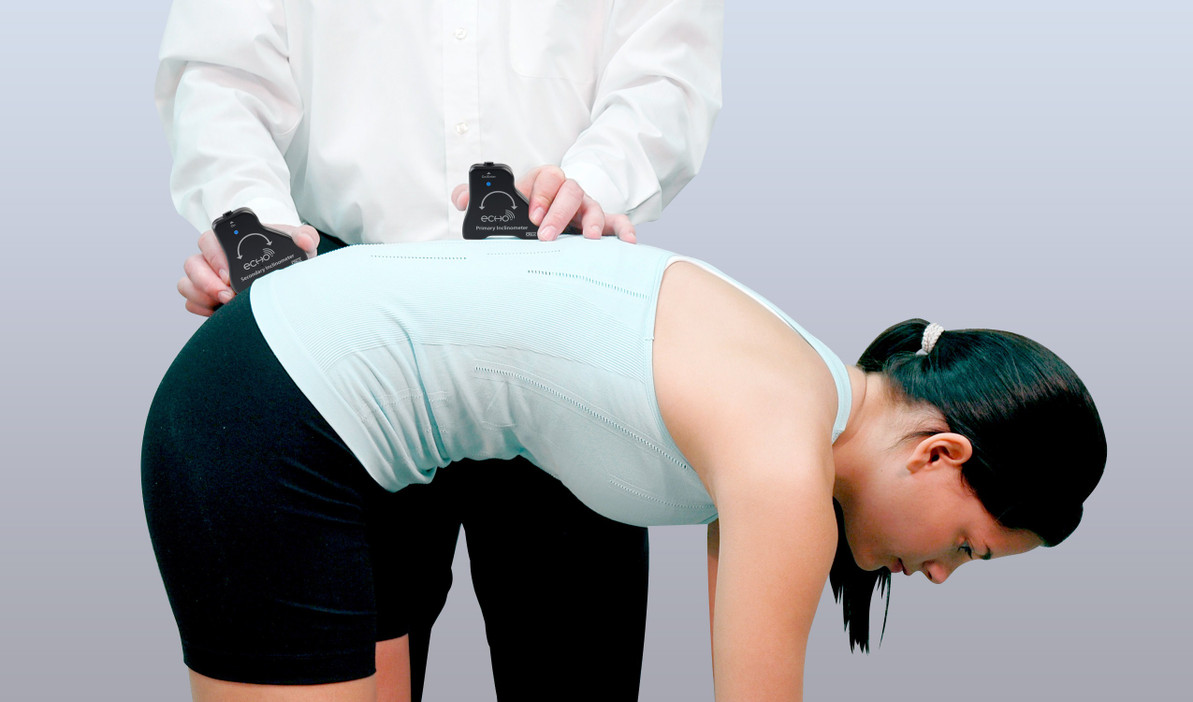Using an Inclinometer for Spinal Assessments
Spinal assessments are a critical component of musculoskeletal evaluation, aiding in the diagnosis and management of various conditions affecting the vertebral column. Accurate measurement of spinal range of motion (ROM) is essential for understanding spine health, identifying abnormalities, and guiding treatment strategies. In this article, we delve into the principles and techniques of conducting a thorough spinal assessment using inclinometers, versatile tools that offer precision and reliability in measuring spinal angles.
Understanding Inclinometers in Spinal Assessments
Inclinometers are devices designed to measure angles of inclination or tilt. In spinal assessments, inclinometers provide objective data on spinal curvature, flexibility, and mobility. Inclinometers come in various forms, including handheld, digital, and those designed for attachment to specific anatomical landmarks along the spine.
Doing a Spinal Assessment with an Inclinometer
Before initiating a spinal assessment with an inclinometer, proper preparation is essential:
- Ensure a suitable environment: Choose a quiet and private area with adequate space for the patient to move freely during the assessment.
- Position the patient: Instruct the patient to stand or sit comfortably, preferably on a firm surface, with minimal clothing to allow for clear visualization of spinal landmarks.
- Familiarize the patient: Explain the assessment procedure to the patient, emphasizing the importance of relaxation and cooperation to obtain accurate measurements.
Spinal Assessment Procedure
- Identify Spinal Landmarks: Locate key anatomical landmarks along the spine, including the spinous processes, vertebral prominens (C7), and iliac crests.
- Calibrate the Inclinometer: Establish the zero position of the inclinometer by aligning it parallel to the ground or using a standardized reference point, ensuring accuracy in angle measurement.
- Assess Flexion and Extension: For Flexion - Instruct the patient to bend forward slowly, allowing the inclinometer to measure the angle of spinal flexion. Record the maximum flexion angle achieved. For Extension - Guide the patient to lean backward gently, recording the angle of spinal extension using the inclinometer.
- Evaluate Lateral Flexion: For Right Lateral Flexion - Ask the patient to lean to the right side, measuring the angle of lateral flexion using the inclinometer. For Left Lateral Flexion - Repeat the process for left lateral flexion, ensuring symmetric assessment of both sides.
- Measure Rotation: Stand behind the patient and stabilize their pelvis to isolate spinal rotation. Then instruct the patient to rotate their upper body to the right, measuring the angle of rotation with the inclinometer. Repeat the process for left rotation, recording the respective angles.
Interpretation of Spinal Assessments
Once the spinal measurements are obtained, interpret the findings based on established norms and clinical judgment:
- Compare measured angles to age and gender-specific norms to identify deviations from expected values.
- Assess symmetry between right and left sides to detect asymmetries or imbalances in spinal mobility.
- Consider patient-reported symptoms, functional limitations, and previous medical history when interpreting assessment results.
Clinical Applications
Spinal assessment using inclinometers has diverse clinical applications, such as:
- Diagnosis and monitoring of spinal conditions such as scoliosis, kyphosis, and degenerative disc disease.
- Planning and tracking progress in spinal rehabilitation programs, including postural correction and spinal stabilization exercises.
- Preoperative assessment to evaluate spinal mobility and inform surgical planning for spinal fusion or decompression procedures.
- Screening for spinal abnormalities and risk factors in athletes, elderly individuals, and those with occupational spine-related tasks.
Spinal assessment with inclinometers offers a systematic and objective approach to evaluating spinal mobility and alignment. By quantifying spinal angles with precision, inclinometer-based assessments provide valuable insights into spine health, aiding in diagnosis, treatment planning, and monitoring of spinal conditions. Clinicians equipped with the knowledge and skills outlined in this guide can conduct thorough spinal assessments, contributing to improved patient outcomes and enhanced quality of care in musculoskeletal practice.
Related Blog Posts:
A Guide to Joint Range of Motion (ROM) Measurement Using an Inclinometer
Recent Posts
-
What to Expect During Hand Therapy: A Guide for Patients and Caregivers
If you’re starting hand therapy—whether after surgery, a stroke, or a neurological …Apr 6th 2025 -
Improve Hand Function and Dexterity with the Neofect Smart Pegboard
The Neofect Smart Pegboard is a revolutionary tool in the field of occupational therapy. I …Mar 25th 2025 -
Overcoming Challenges in Sports Medicine Clinics: Tips for Success
Running a sports medicine clinic presents unique challenges that require a balance of clinical exper …Dec 2nd 2024




